Object Object Is Not Valid Json
JSON (JavaScript Object Notation) is a lightweight data interchange format that is easy for humans to read and write, and for machines to parse and generate. It is widely used in web development to transmit data between a server and a web application, as well as for storing data in files. However, there are certain rules and guidelines that need to be followed in order to create a valid JSON object.
The structure of a valid JSON object
A valid JSON object is a collection of key-value pairs, enclosed in curly braces {}. Each key is a string enclosed in double quotation marks “”, followed by a colon :, and then the corresponding value. The value can be a string, a number, a Boolean value (true or false), null, an array, or another JSON object.
Here is an example of a valid JSON object:
{
“name”: “John Doe”,
“age”: 35,
“isEmployed”: true,
“address”: {
“street”: “123 Main St”,
“city”: “New York”,
“state”: “NY”
},
“skills”: [“JavaScript”, “HTML”, “CSS”]
}
Common mistakes that make an object invalid JSON
Even though JSON has a simple and intuitive structure, there are certain mistakes that can make an object invalid JSON. Some of these mistakes include:
1. Missing or incorrect quotation marks in keys or values: All keys and string values must be enclosed in double quotation marks. Single quotation marks or missing quotation marks will render the object invalid.
2. Invalid characters and escape sequences in JSON objects: Certain characters, such as control characters or unescaped special characters like backslash (\) or double quotation marks (“), need to be escaped using a backslash followed by the character. Failure to do so will result in invalid JSON.
3. Mismatched brackets and braces in JSON objects: The opening and closing brackets or braces must be properly nested and balanced. Any mismatched brackets or braces will make the object invalid.
4. Nested objects and arrays in JSON and their potential issues: JSON allows nesting objects and arrays within other objects or arrays. However, care must be taken to ensure valid nesting. One common mistake is forgetting to separate the nested objects or arrays with a comma (,) when they are part of a larger object or array.
Why is the object not valid JSON?
The error message “Object object is not valid JSON” typically occurs when there is an issue with the parsing of a JSON object. It could be due to any of the aforementioned common mistakes that make an object invalid JSON, such as missing quotation marks, invalid characters, or mismatched brackets.
How to validate and correct an invalid JSON object
To validate a JSON object for its correctness, you can use online JSON validators or specialized JSON libraries and tools available for different programming languages. These tools can identify the specific issues in the JSON and suggest corrections to make it valid.
If you encounter the “Object object is not valid JSON” error, you can start by checking the structure of your JSON object and looking for any of the common mistakes mentioned above. Once identified, make the necessary corrections to ensure that your JSON object follows the proper syntax and structure.
Including FAQs:
FAQs:
Q: Why am I getting the error message “Object object is not valid JSON at JSON Parse anonymous”?
A: This error message occurs when there is an issue with parsing a JSON object. It is usually caused by mistakes in the JSON syntax, such as missing quotation marks or mismatched brackets.
Q: How can I convert JSON to an object in TypeScript?
A: In TypeScript, you can use the JSON.parse() method to convert a JSON string to a JavaScript object. However, make sure that the JSON string is valid, otherwise you may encounter errors.
Q: What does the error message “Unexpected identifier object” mean?
A: The error message “Unexpected identifier object” is typically encountered when using JSON.parse(). It suggests that there might be an issue with the JSON syntax, such as a missing or misplaced identifier or object key.
Q: Why do I get the error message “Uncaught in promise SyntaxError: undefined” is not valid JSON”?
A: This error message is commonly seen when trying to parse a JSON object that is undefined or null. Make sure that the JSON object you are trying to parse has valid values and is not empty.
Q: What should I do if I encounter the error message “Unexpected token o object response is not valid JSON”?
A: This error message suggests that there might be an issue with the JSON response from an API or server. Check the response data for any invalid characters or missing quotation marks.
Q: How do I print the contents of an object using console.log()?
A: To print the contents of an object in the console, you can use console.log(objectName) or console.log(JSON.stringify(objectName)).
Q: Why is JSON.parse() not working for me?
A: JSON.parse() may not work if the JSON string you are trying to parse is not valid or if there are syntax errors. Ensure that your JSON string follows the correct syntax and structure.
Q: How can I access an object within an object in JavaScript?
A: To access an object within an object in JavaScript, you can use the dot notation or bracket notation. For example: objectName.keyName or objectName[‘keyName’].
Q: Why am I getting the error message “object object is not valid JSON”?
A: The error message “object object is not valid JSON” usually occurs when there is an attempt to convert an object to a JSON string without using JSON.stringify(). Make sure to use JSON.stringify() to convert objects to JSON strings.
Syntaxerror: Unexpected Token O Is Not Valid Json At Json.Parse (Solved)
Why Is Json Invalid?
JSON (which stands for JavaScript Object Notation) is a widely used data interchange format that has gained prominence in the web development community due to its simplicity and compatibility with multiple programming languages. It is primarily used for transmitting data between a server and a web application, making it an essential component of modern web APIs. However, despite its popularity and usefulness, developers often encounter situations where JSON is considered invalid. In this article, we will explore the reasons behind JSON being invalid, the common causes of validation errors, and how to address them.
JSON Syntax Basics:
Before diving into why JSON might be considered invalid, let’s begin by reviewing the basics of JSON syntax. JSON data is represented using key-value pairs in a hierarchical structure. It is composed of objects (collections of key-value pairs enclosed in curly braces), arrays (ordered lists of values enclosed in square brackets), strings, numbers, booleans, and null. Here’s a simple example of JSON data:
“`
{
“name”: “John Doe”,
“age”: 30,
“isDeveloper”: true,
“pets”: [“cat”, “dog”]
}
“`
Understanding Invalid JSON:
JSON becomes invalid when it does not adhere to the strict syntax defined in the JSON specification. Even slight deviations can result in invalid JSON. There are various reasons why JSON may fail to validate, including the following:
1. Improper Structure:
JSON must follow a specific structure, with objects containing key-value pairs and arrays containing ordered lists of values. If the JSON structure is malformed and does not comply with these rules, it will be considered invalid. Common issues include mismatched or missing braces, brackets, or quotation marks.
2. Key and String Value Quoting:
All JSON key names and string values must be enclosed within double quotation marks. If quotes are missing, or single quotes or backticks are used instead, the JSON will be rejected. However, it’s important to note that some programming languages, like JavaScript, can handle unquoted keys and single quotes as a shorthand, but this is not valid JSON.
3. Special Characters and Escaping:
Certain characters, such as double quotes, backslashes, and control characters, have special meaning in JSON and need to be escaped using a backslash. If these characters are not properly escaped or if escape characters are misused, it can lead to invalid JSON. Additionally, non-Unicode characters that are not properly encoded can also cause validation issues.
4. Invalid Values:
JSON values can only be one of the valid JSON data types: objects, arrays, strings, numbers, booleans, or null. Any other data types or incompatibilities, such as using undefined or function objects, will result in invalid JSON.
5. Duplicate Keys:
Each key within a JSON object must be unique. If a JSON object has duplicate keys, it will not be considered valid. This constraint allows for efficient parsing and handling of JSON data.
6. Trailing Commas:
Although trailing commas are allowed in some programming languages like JavaScript, they are not allowed in JSON. Adding a comma after the last value in an array or object will render the JSON invalid.
7. Encoding Issues:
JSON is typically encoded using UTF-8, which handles characters from a wide range of languages. If a JSON file contains characters that aren’t properly encoded, it will fail to validate. Common issues occur when trying to include characters directly from a different character set or when handling special characters in URLs.
Addressing Invalid JSON:
Now that we have discussed the common causes for JSON validity issues, let’s explore the solutions to address them:
1. Use JSON Validators:
Various online tools and libraries are available to check the validity of JSON. These validators analyze the JSON structure and highlight any syntax errors or non-compliance with the JSON specification. Using a validator can significantly aid in identifying and resolving issues.
2. Utilize Appropriate Libraries:
When building or parsing JSON, utilizing established and well-maintained libraries in your programming language can help handle encoding, decoding, and validation automatically. These libraries often include error handling and provide helpful messages to debug problematic JSON.
3. Proper Error Handling:
When implementing JSON data handling in your code, ensure that appropriate error handling mechanisms are in place. Robust error handling can help identify and isolate problematic JSON, making it easier to troubleshoot and rectify invalid JSON issues.
4. Manual Inspection and Debugging:
During development, manually inspecting problematic JSON can help identify missing or mismatched symbols, unclosed quotation marks, or other structural issues. Debugging tools provided by modern integrated development environments (IDEs) can also be beneficial for identifying and resolving JSON validation problems.
FAQs:
Q: Can JSON contain JavaScript functions?
A: No, functions are not a valid JSON data type. JSON is purely a data interchange format and does not accommodate executable logic or function definitions.
Q: Can JSON be empty?
A: Yes, JSON can be empty. An empty JSON object (denoted by `{}`) or an empty JSON array (denoted by `[]`) is considered valid and has its use cases, such as signaling an absence of data.
Q: Can JSON have comments?
A: No, JSON does not natively support comments. However, some programming languages might allow for comments in JSON-like structures. It is important to remove or handle these comments before treating the data as valid JSON.
Q: Are all JSON keys case-sensitive?
A: Yes, JSON keys are case-sensitive. `”Name”` and `”name”` would be treated as different keys within a JSON object.
Q: Can I convert invalid JSON into valid JSON programmatically?
A: In some cases, it may be possible to programmatically fix minor JSON issues. However, this approach is generally not recommended as it can be error-prone and might lead to incorrect handling of the data. Fixing JSON issues at the source is the preferred approach.
In conclusion, JSON is a widely used data interchange format that simplifies data transmission between web applications and servers. Invalid JSON occurs when its structure, quoting, encoding, or other aspects do not adhere to the strict JSON specification. Understanding the common causes of invalid JSON and employing appropriate validation techniques and libraries can help ensure the integrity and reliability of JSON data handling.
How To Convert Object Object Into Json?
In the world of programming, data interchange plays a vital role. The ability to convert data from one format to another is crucial to ensure seamless communication between different systems. One commonly used format for data interchange is JSON (JavaScript Object Notation). JSON is a lightweight data interchange format that is easy for humans to read and write, and it has become the de facto standard for data exchange on the web.
Converting objects into JSON is a fundamental task in many programming languages. Whether you are working with JavaScript, Python, Java, or any other language with JSON support, understanding how to convert an object into JSON is a must-have skill.
In this article, we will delve into the concept of converting objects into JSON and explore various techniques and libraries available in different programming languages. We will also address frequently asked questions (FAQs) about this topic to provide you with a comprehensive understanding.
Understanding JSON
Before diving into the conversion process, let’s briefly understand what JSON is. JSON is a text-based format that represents data structures as simple JavaScript objects. It consists of key-value pairs, where the values can be strings, numbers, booleans, arrays, or even nested JSON objects. JSON is often used to transmit data between a server and web applications, as it is lightweight and easily parsed by modern programming languages.
Converting Object into JSON: Techniques and Libraries
JavaScript:
JavaScript is the native language for working with JSON, as JSON is built into the language itself. To convert an object into JSON in JavaScript, you can use the `JSON.stringify()` method. This method takes an object as input and returns a JSON string representation of the object.
Python:
In Python, you can make use of the built-in `json` module to convert objects into JSON. The `json.dumps()` function allows you to convert an object into a JSON string. You can also use the `json.dump()` function to write the JSON string directly to a file.
Java:
In Java, you can use the `Gson` library to convert objects into JSON. Gson is a powerful Java library that can serialize Java objects into JSON representations and vice versa. By creating a `Gson` instance and using its `toJson()` method, you can easily convert objects into JSON strings.
C#:
For C#, you can use the `JsonConvert` class provided by the popular Newtonsoft.Json library. Newtonsoft.Json provides a powerful set of utilities for JSON serialization and deserialization. The `JsonConvert.SerializeObject()` method can be used to convert objects into JSON strings.
FAQs
Q1. Why should I convert objects into JSON?
A1. Converting objects into JSON allows for easy data interchange between different systems. JSON is a widely adopted and platform-agnostic format, making it ideal for web applications, APIs, and other data exchange scenarios.
Q2. Can I convert any object into JSON?
A2. Generally, most programming languages allow you to convert custom objects into JSON. However, there may be cases where objects with circular references or objects that contain complex data types cannot be directly converted into JSON.
Q3. How do I handle date objects when converting to JSON?
A3. Dates can be tricky to handle when converting to JSON, as different programming languages have various ways of representing dates. It’s often recommended to convert dates into standard string formats (such as ISO 8601) before converting them into JSON.
Q4. Can I convert JSON back into an object?
A4. Yes, most programming languages provide means to convert JSON strings back into objects. In JavaScript, you can use the `JSON.parse()` method, while in languages like Python, Java, and C#, dedicated libraries or modules can be used for deserialization.
Q5. Are there any limitations when converting objects into JSON?
A5. While JSON is a versatile format, it does have some limitations. It may not support certain data types or preserve object methods during conversion. It’s essential to understand the limitations of JSON in your programming language of choice to avoid unexpected behavior.
In conclusion, mastering the art of converting objects into JSON is crucial for seamless data exchange and communication between systems. By implementing the techniques and utilizing the libraries mentioned above in your preferred programming language, you can effortlessly convert objects into JSON representations. JSON’s simplicity and versatility make it an excellent choice for data interchange, ensuring compatibility and interoperability across different systems.
Keywords searched by users: object object is not valid json Object object is not valid JSON at JSON Parse anonymous, TypeScript JSON to object, JSON parse error: Unexpected identifier object, Uncaught in promise SyntaxError: undefined” is not valid JSON, Unexpected token o object response is not valid JSON, Console log object Object, JSON parse not working, Object in object JavaScript
Categories: Top 40 Object Object Is Not Valid Json
See more here: nhanvietluanvan.com
Object Object Is Not Valid Json At Json Parse Anonymous
In the world of web development, JSON (JavaScript Object Notation) is a widely used data interchange format. It provides a simple and lightweight way to exchange data between a server and a web application, making it an essential part of modern web development. However, there are instances where developers encounter errors, such as “Object object is not valid JSON at JSON Parse anonymous.” This error message can be puzzling for developers, especially those new to JSON parsing. In this article, we will delve into the reasons behind this error and discuss potential solutions.
Understanding JSON Parsing and the Error Message:
To understand the “Object object is not valid JSON at JSON Parse anonymous” error, we need to grasp the concept of JSON parsing first. JSON parsing involves converting a JSON string into a JavaScript object. This process allows developers to access and manipulate JSON data easily within their applications.
When JSON.parse() encounters a JSON string, it tries to convert it into an object. However, if the input string is not a valid JSON format, the parsing fails, resulting in an error message. The error message “Object object is not valid JSON at JSON Parse anonymous” typically indicates that the input string is not a well-formed JSON.
Reasons for the Error:
There can be several reasons behind the occurrence of this error. Let’s explore some common causes:
1. Unexpected Characters: JSON has a specific syntax, and any deviation from it can cause parsing errors. If the JSON string contains unexpected characters like extra commas, missing quotes, or undefined values, the parsing will fail, triggering the error message.
2. Invalid Object Key or Value: JSON objects consist of key-value pairs. If any key or value is not valid, such as using reserved JavaScript keywords or having unsupported data types, the parsing will fail with the “Object object is not valid JSON” error.
3. Server Response Issue: Sometimes, this error can arise due to a server-side issue. If the server response is not properly formatted JSON, the parsing on the client-side may fail. In such cases, it is vital to verify the server’s JSON output and ensure it adheres to the JSON format.
Solutions to the Error:
When encountering the “Object object is not valid JSON at JSON Parse anonymous” error, consider the following solutions:
1. Validate JSON Format: To fix parsing errors, check if the JSON string is in the correct format. Several online JSON validators can help identify syntax errors, misplaced characters, or missing elements in the JSON string. Correct any issues found before attempting to parse the JSON again.
2. Handle Unexpected Characters: If the JSON string contains unexpected characters, remove them before parsing. Ensure that the JSON follows the proper syntax, including enclosing all strings in double quotes, separating key-value pairs with colons, and using square brackets for arrays.
3. Use try-catch Block: When parsing JSON, wrap the JSON.parse() method in a try-catch block. This approach allows you to catch any parsing errors and handle them gracefully. By utilizing the catch block, you can display a meaningful error message to the user or log the error for debugging purposes.
4. Debug Server Response: If the error persists despite validating the JSON on the client-side, inspect the server’s response. Make sure that the server is correctly generating the JSON response. You can use browser developer tools or server-side logging to verify the server’s JSON output. Fix any issues in the server’s JSON response to ensure a valid JSON is received by the client.
Frequently Asked Questions (FAQs):
Q1. What is JSON?
A1. JSON (JavaScript Object Notation) is a lightweight data interchange format used for transmitting and storing data between a server and a web application. It is easy to read and write for humans and machines alike.
Q2. What does “Object object is not valid JSON at JSON Parse anonymous” mean?
A2. This error message occurs when attempting to parse a JSON string that is not in the correct format. It indicates that the given JSON string does not adhere to the expected JSON syntax.
Q3. How can I debug the “Object object is not valid JSON at JSON Parse anonymous” error?
A3. Start by validating the JSON format using online tools or libraries specific to your programming language. Additionally, using try-catch blocks and inspecting the server’s JSON response can help pinpoint and resolve parsing errors.
Q4. Are there any tools available to validate JSON?
A4. Yes, there are several online JSON validators, including JSONLint, JSONFormatter, and JSONValidator, that can validate the format and syntax of JSON strings.
Q5. Can parsing errors be caused by server-side issues?
A5. Yes, parsing errors can occur due to issues with the server’s JSON response. Ensure that the server’s JSON output is valid and adheres to the JSON format before parsing it on the client-side.
In conclusion, encountering the “Object object is not valid JSON at JSON Parse anonymous” error can be confusing for developers. However, understanding the basics of JSON parsing and the common causes of this error can help in resolving it effectively. Remember to validate the JSON format, handle unexpected characters, and debug both the client-side parsing and the server’s JSON response if necessary. By following these guidelines and utilizing the suggested solutions, developers can overcome this error and continue working with JSON seamlessly.
Typescript Json To Object
Introduction:
In modern web development, the use of APIs and JSON (JavaScript Object Notation) has become ubiquitous. JSON is a lightweight data-interchange format that is easy for humans to read and write, and easy for machines to parse and generate. When working with TypeScript, a statically-typed superset of JavaScript, developers often need to convert JSON data into TypeScript objects. This article explores the various approaches and techniques to achieve this conversion, helping you make the most of TypeScript’s strong typing while working with JSON.
Understanding TypeScript and JSON:
TypeScript, developed and maintained by Microsoft, adds static typing to JavaScript, enhancing its scalability, maintainability, and tooling support. It is increasingly popular for building large-scale applications, particularly those targeting browsers, Node.js, or any ECMAScript runtime environment.
JSON, on the other hand, is a simple format for representing structured data. It consists of key-value pairs similar to JavaScript objects but with a more restricted syntax. JSON data can be used to transfer information between a server and a client, or simply as a way to store and exchange data.
Converting JSON to TypeScript Objects:
When working with TypeScript, one common requirement is to convert JSON data into strongly-typed TypeScript objects. There are several approaches to achieve this conversion:
1. Manual Mapping:
The simplest approach is manually mapping the JSON data to TypeScript objects. This involves writing code to iterate through the JSON properties and assign them to the corresponding properties of a TypeScript object. While this approach offers complete control, it can quickly become tedious and error-prone, especially for complex JSON structures.
2. Utility Libraries:
To simplify the process of mapping JSON to TypeScript objects, various utility libraries are available. One popular library is `json2typescript`, which provides decorators and mapping functions to transform JSON into TypeScript objects using reflection. By annotating TypeScript object properties with decorators, developers can define the mapping rules and let the library handle the conversion. Other libraries like `class-transformer` and `io-ts` also provide similar functionality.
3. Type Assertion:
TypeScript allows performing type assertions, which instruct the TypeScript compiler to treat a value as a specific type, without performing any special checking or restructuring. Developers can manually assert a JSON object as a specific TypeScript type, effectively converting it into a strongly-typed object. However, this approach lacks the automatic mapping functionality provided by utility libraries, requiring more manual effort.
Frequently Asked Questions (FAQs):
Q: Why should I convert JSON to TypeScript objects?
A: TypeScript’s static typing helps catch type-related errors during development, reducing bugs and improving code maintainability. By converting JSON to TypeScript objects, you can leverage TypeScript’s strong typing features and benefit from enhanced tooling support, such as autocompletion and error checking.
Q: Can I directly use a JSON object in TypeScript without conversion?
A: Yes, you can use a JSON object directly in TypeScript, as TypeScript compiles to JavaScript, which treats JSON objects as regular JavaScript objects. However, without explicit type annotations, TypeScript loses its ability to provide static typing benefits, hindering the development experience.
Q: What if my JSON structure does not match the TypeScript object structure?
A: When the JSON structure differs from the TypeScript object structure, utility libraries like `json2typescript` offer flexible mapping features. You can define custom transformations or fallback values to handle inconsistencies between the JSON and TypeScript structures.
Q: Are there any performance considerations when converting JSON to TypeScript objects?
A: Converting JSON to TypeScript objects can have a slight impact on performance, especially for large JSON payloads. However, modern JavaScript engines are highly optimized, and the conversion process is usually fast enough to be negligible in most scenarios.
Q: Do I need to convert all JSON objects to TypeScript objects?
A: Converting JSON to TypeScript objects is not mandatory for every use case. If you only need a subset of the JSON properties or want to perform quick one-time operations on the JSON data, you can directly access the relevant values without the need for a complete conversion.
In conclusion, TypeScript JSON to object conversion allows developers to harness the full potential of TypeScript’s static typing features while working with JSON data. Whether through manual mapping, utility libraries, or type assertion, a suitable approach can be chosen based on the complexity of the JSON structure and the desired level of automation. By combining the power of TypeScript’s type system and the flexibility of JSON, developers can build robust and scalable applications with ease.
Images related to the topic object object is not valid json

Found 42 images related to object object is not valid json theme
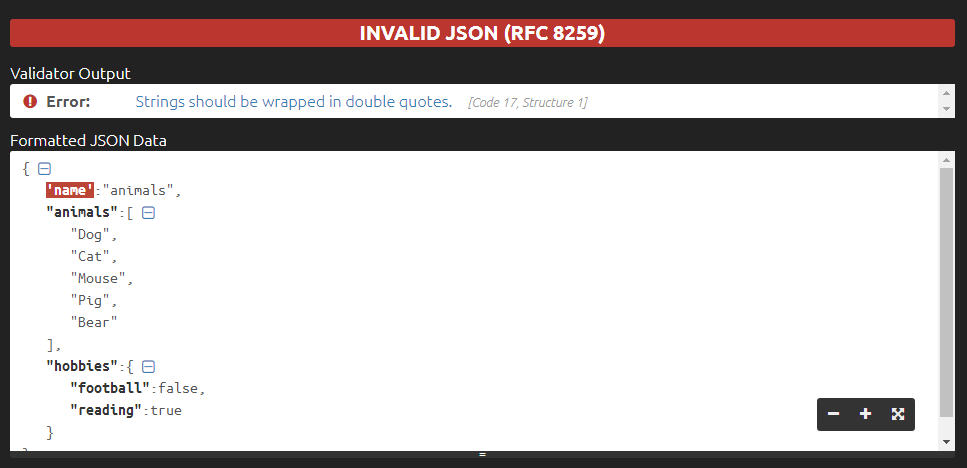









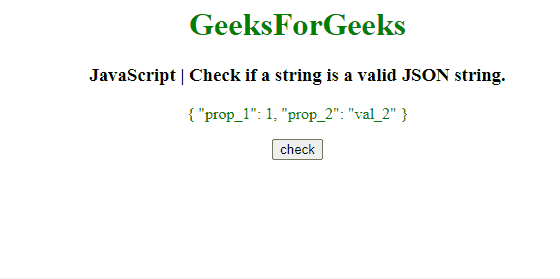
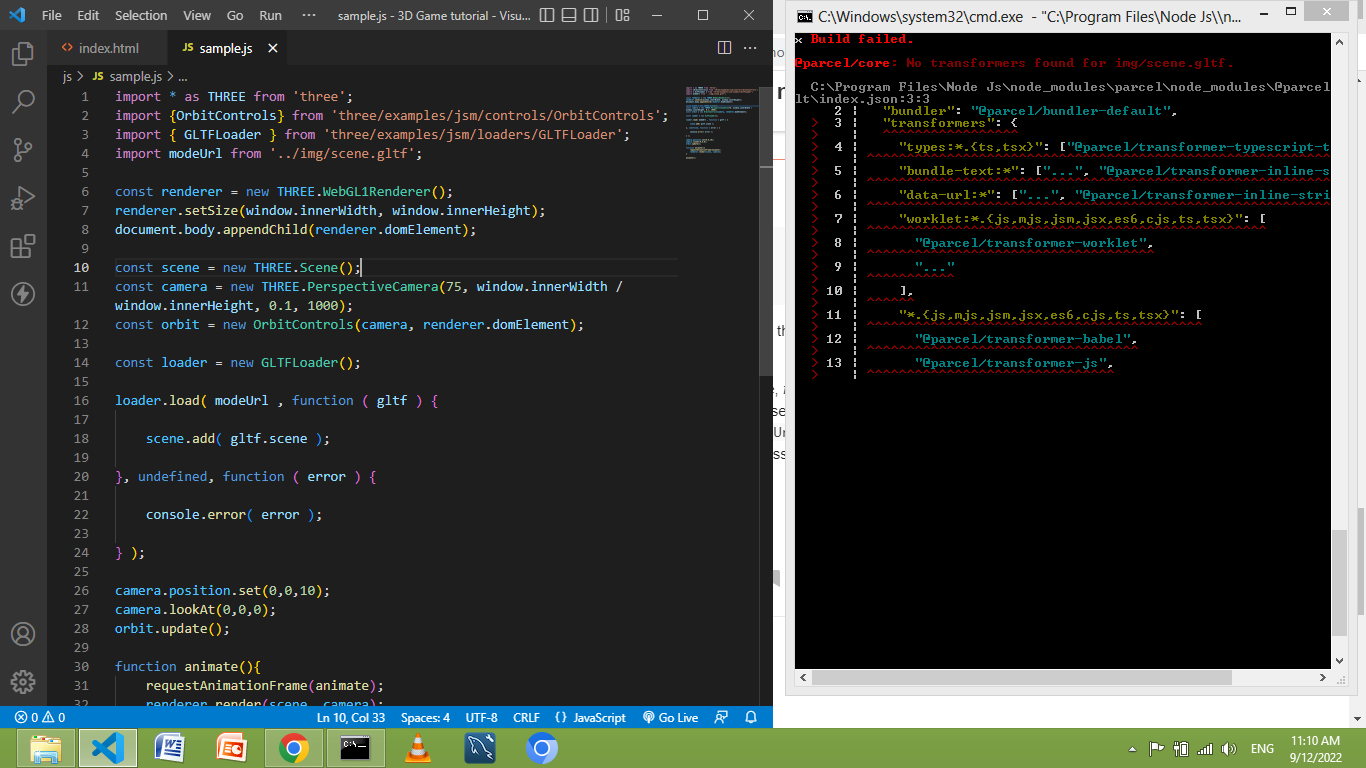 ) – Questions – Three.Js Forum” style=”width:100%” title=”SyntaxError: Unexpected token ‘<', ") – Questions – three.js forum”>
) – Questions – Three.Js Forum” style=”width:100%” title=”SyntaxError: Unexpected token ‘<', ") – Questions – three.js forum”>


 ) – Questions – Three.Js Forum” style=”width:100%” title=”SyntaxError: Unexpected token ‘<', ") – Questions – three.js forum”>
) – Questions – Three.Js Forum” style=”width:100%” title=”SyntaxError: Unexpected token ‘<', ") – Questions – three.js forum”>
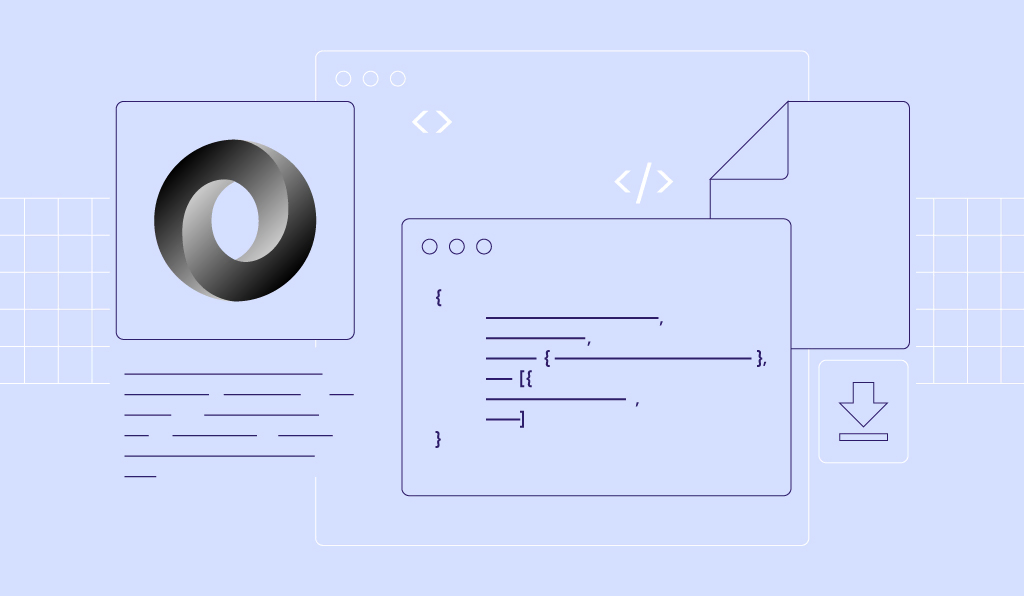
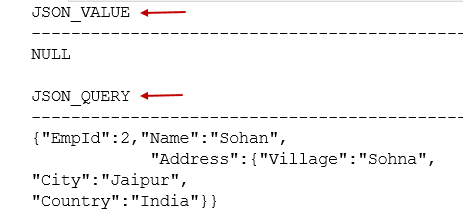
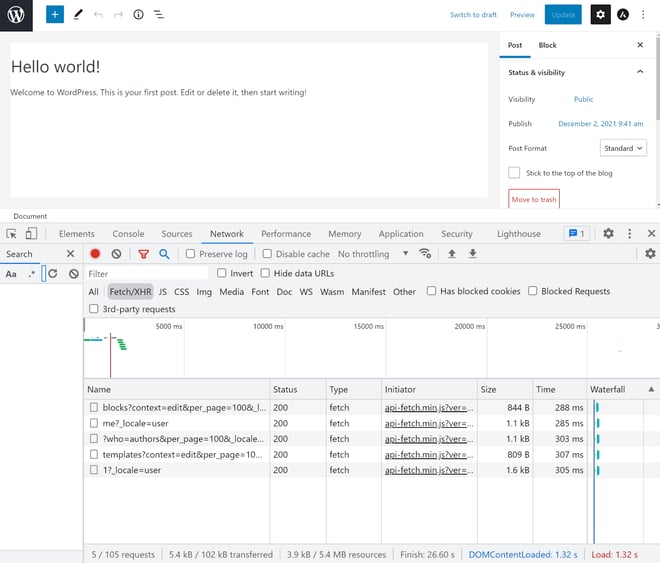
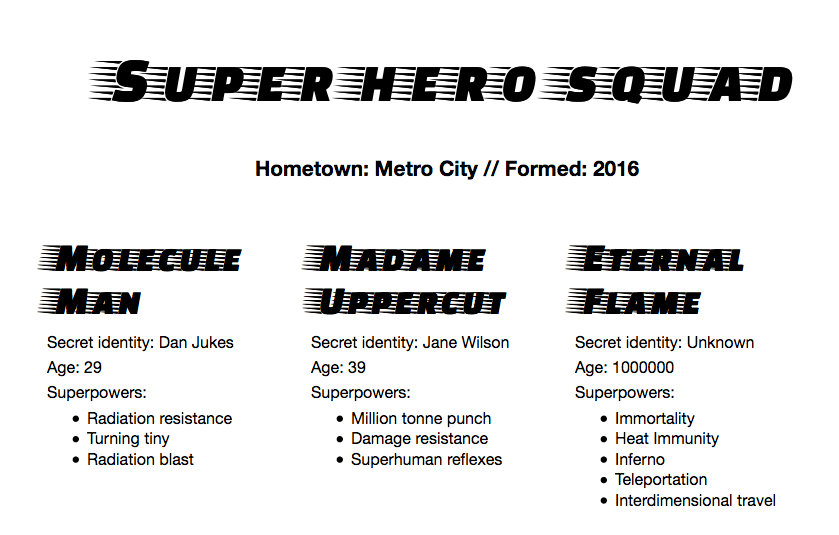

 ) – Questions – Three.Js Forum” style=”width:100%” title=”SyntaxError: Unexpected token ‘<', ") – Questions – three.js forum”>
) – Questions – Three.Js Forum” style=”width:100%” title=”SyntaxError: Unexpected token ‘<', ") – Questions – three.js forum”>

.webp)

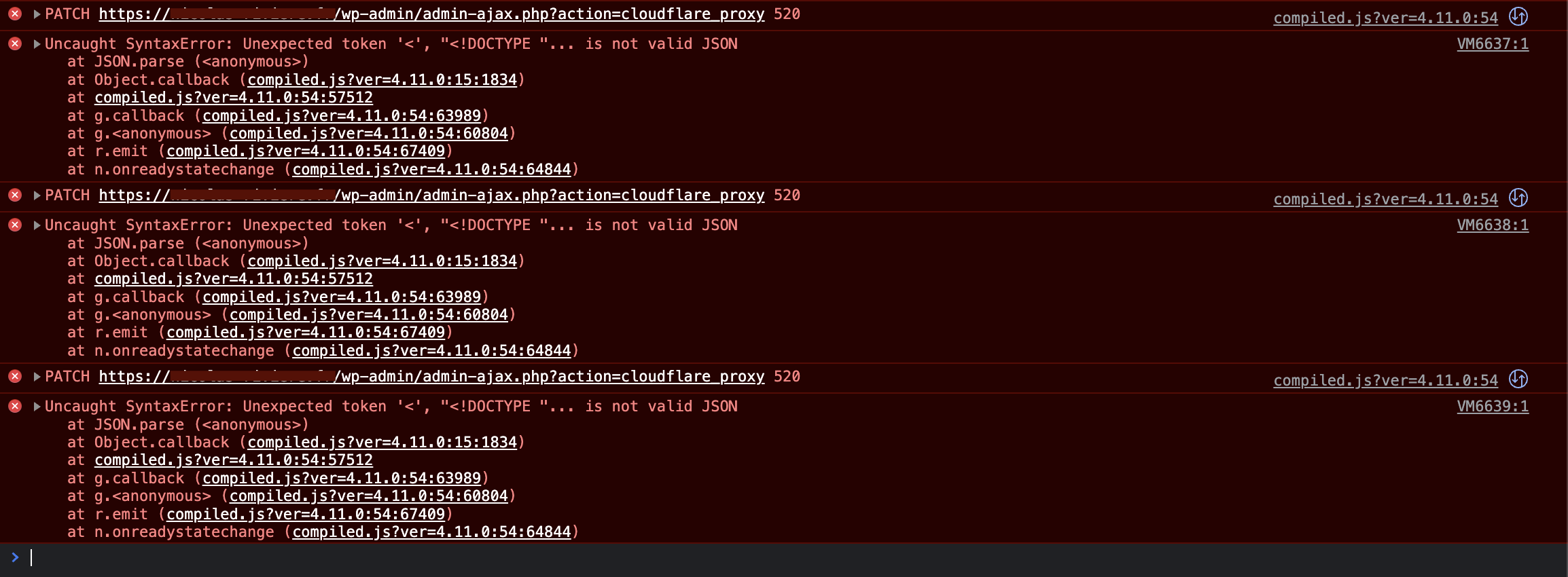

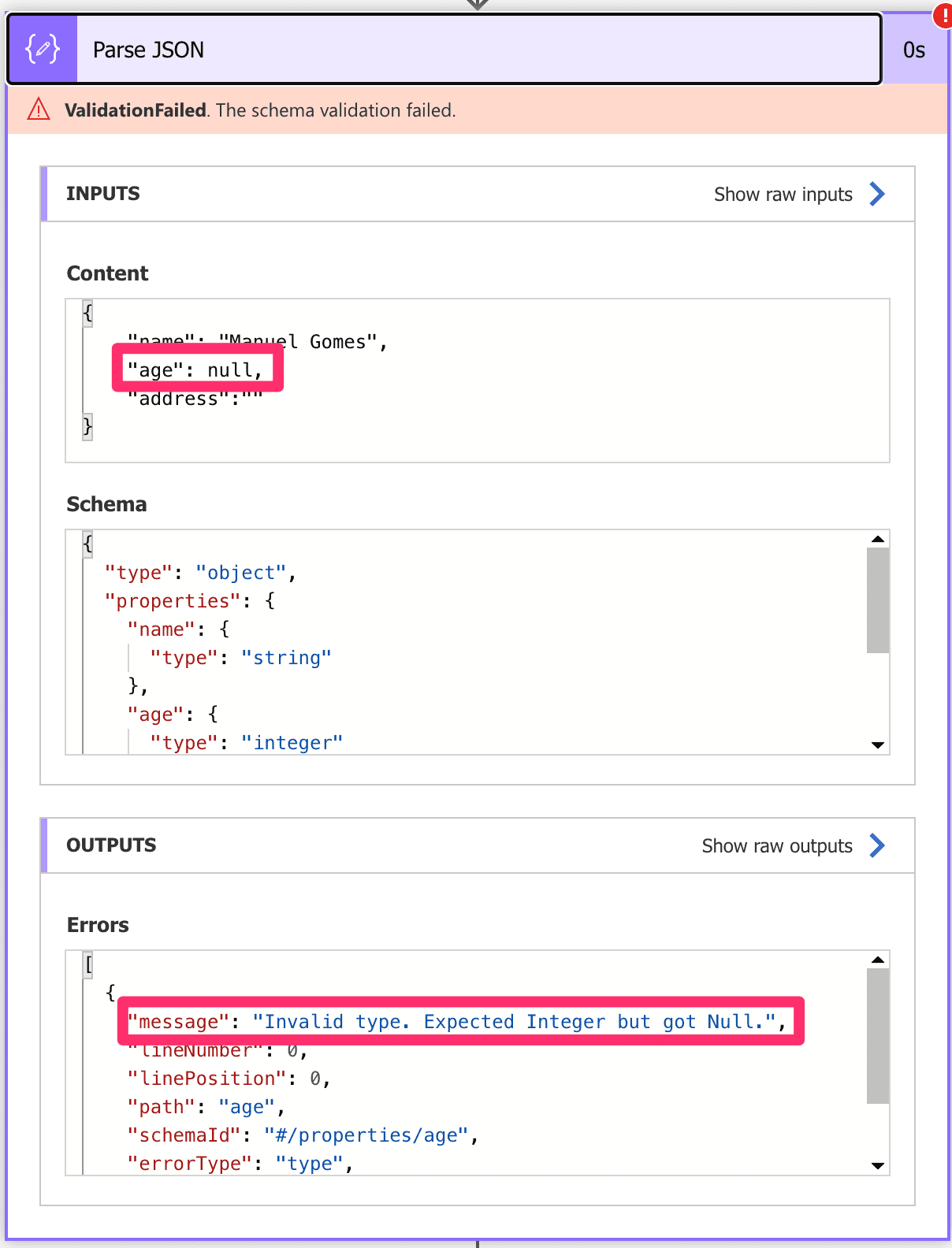






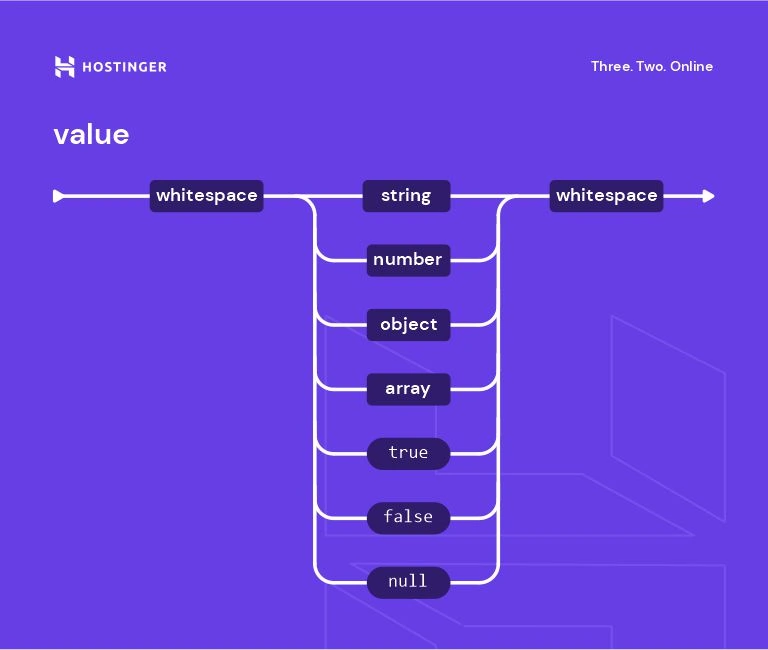
/f/92524/1423x870/b46553dba7/7.png)


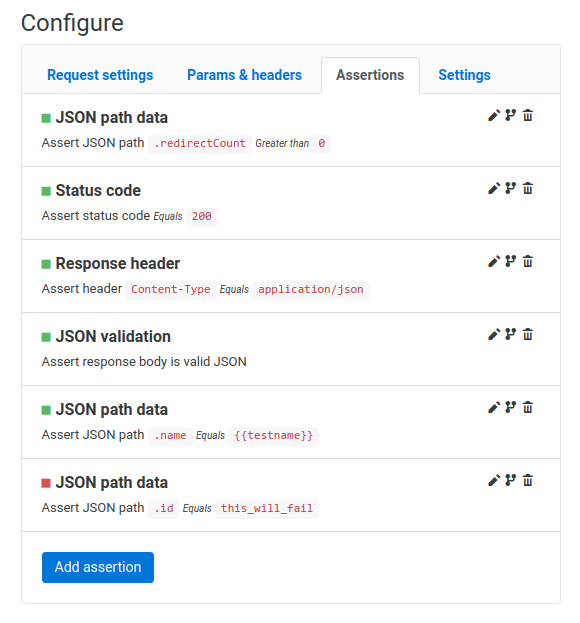
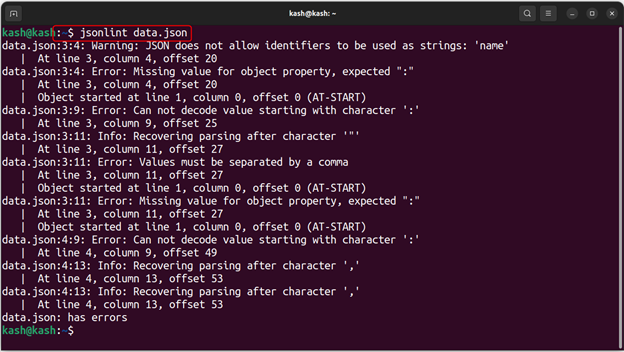
Article link: object object is not valid json.
Learn more about the topic object object is not valid json.
- SyntaxError: “[object Object]” is not valid JSON [Solved]
- Error “SyntaxError: “[object Object]” is not valid JSON”
- How to Fix the Invalid JSON Error in WordPress (Beginner’s Guide)
- How to Convert JS Object to JSON String in JQuery/Javascript?
- How do I convert object to JSON in JavaScript? – ReqBin
- JSON for Beginners – JavaScript Object Notation Explained in Plain …
- (in promise) SyntaxError: “[object Object]” is not valid JSON
- An easy fix for “[object Object]” is not valid JSON
- How to Fix ‘Unexpected token o in JSON at position 1’ – Webtips
- SyntaxError: JSON.parse: bad parsing – JavaScript | MDN
- Odoo web form controller error “is not a valid JSON”
- JSON Is not JavaScript – Medium
See more: nhanvietluanvan.com/luat-hoc